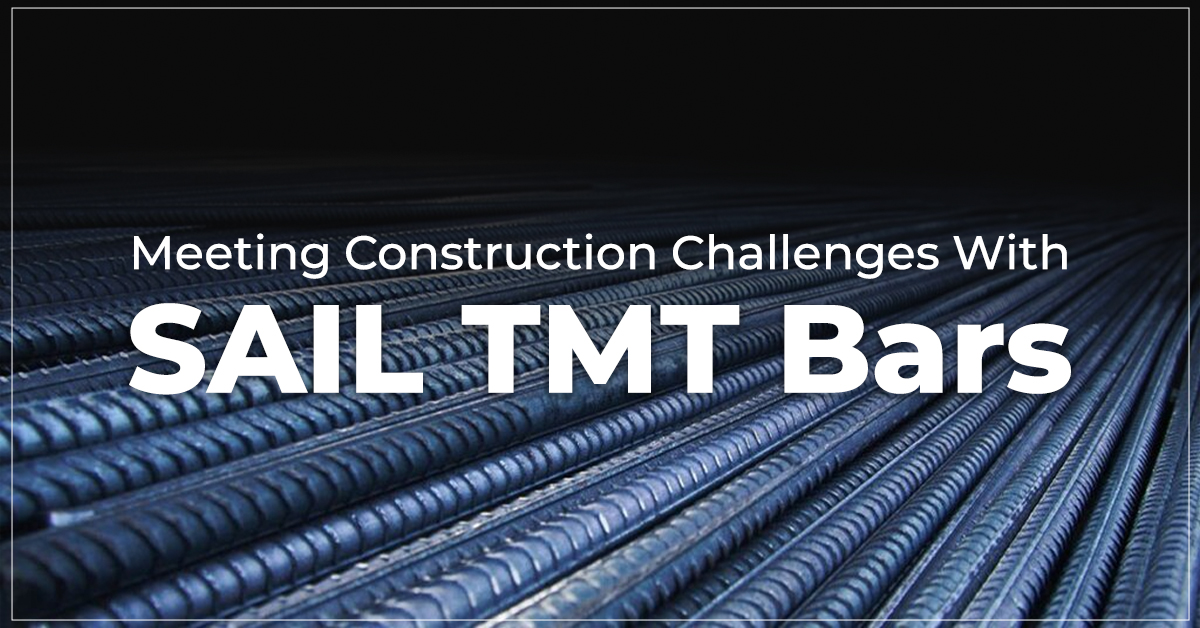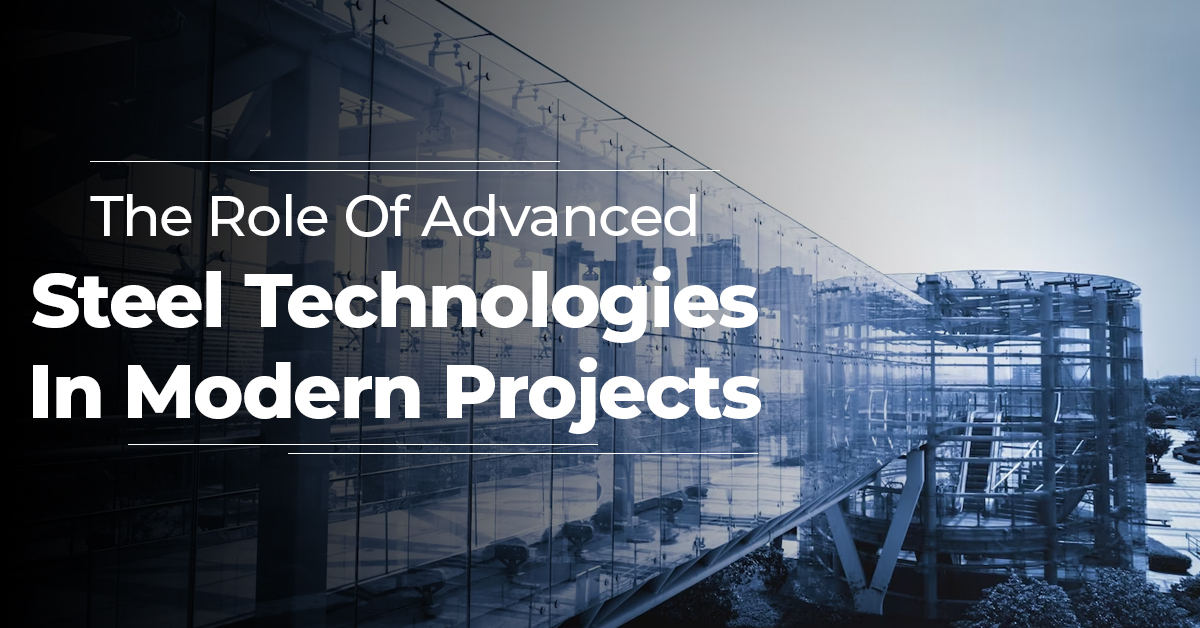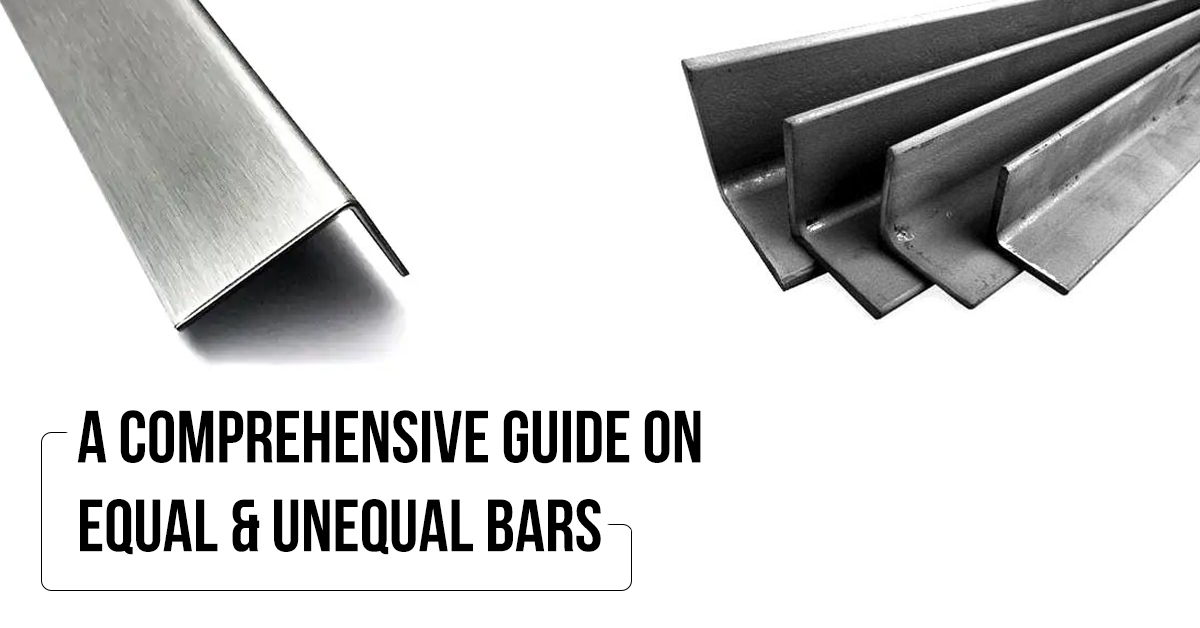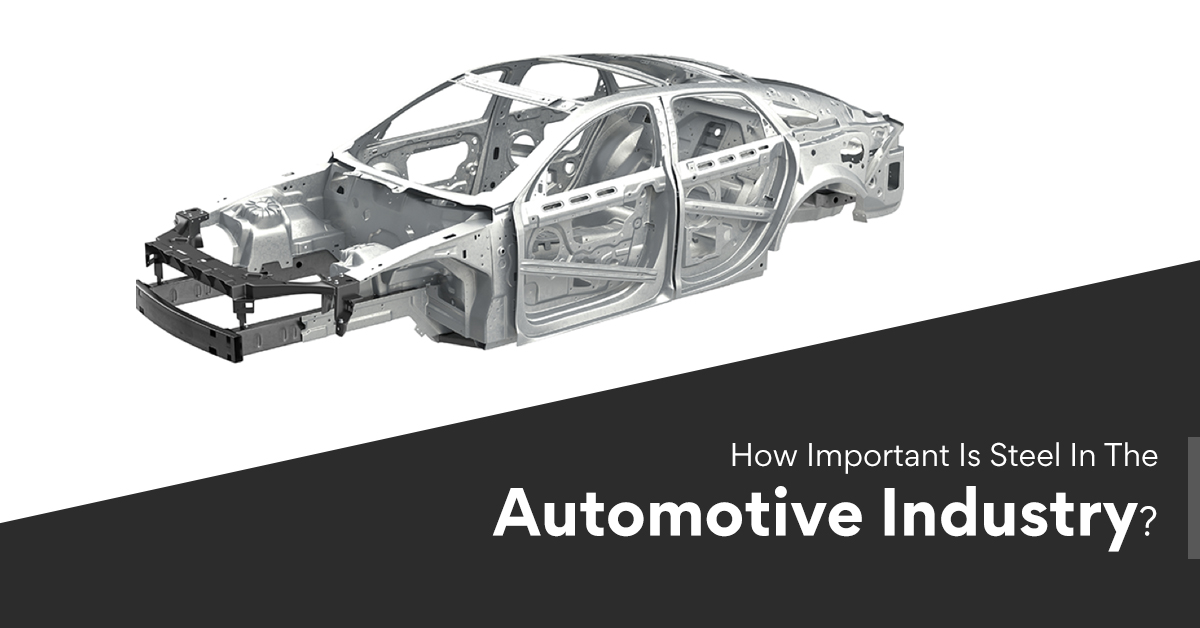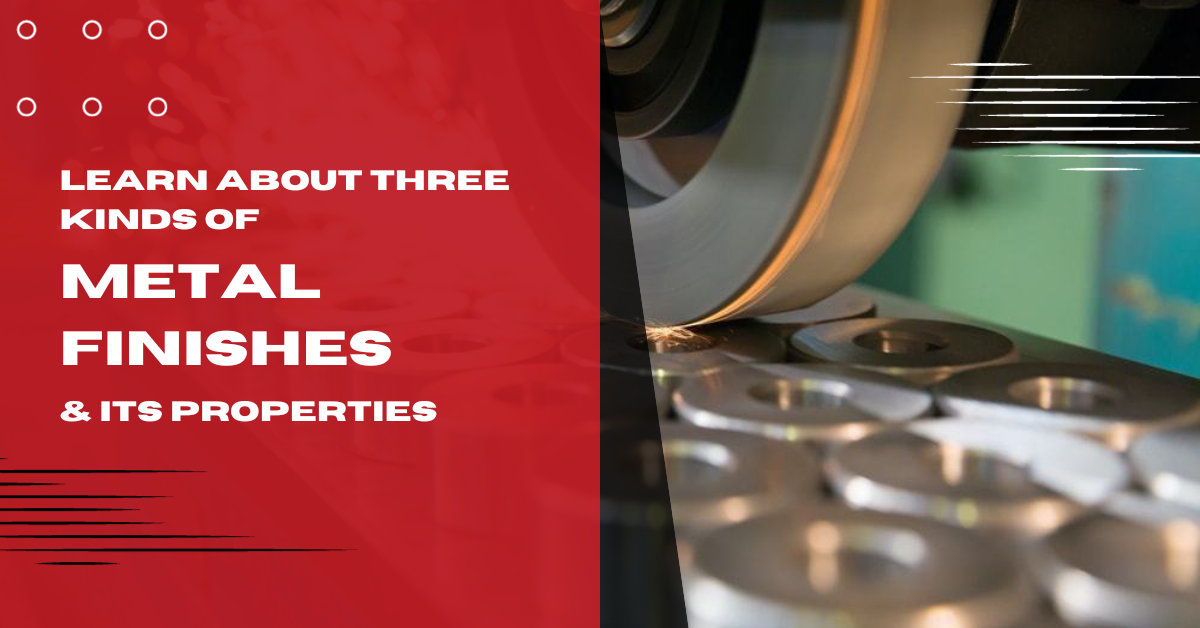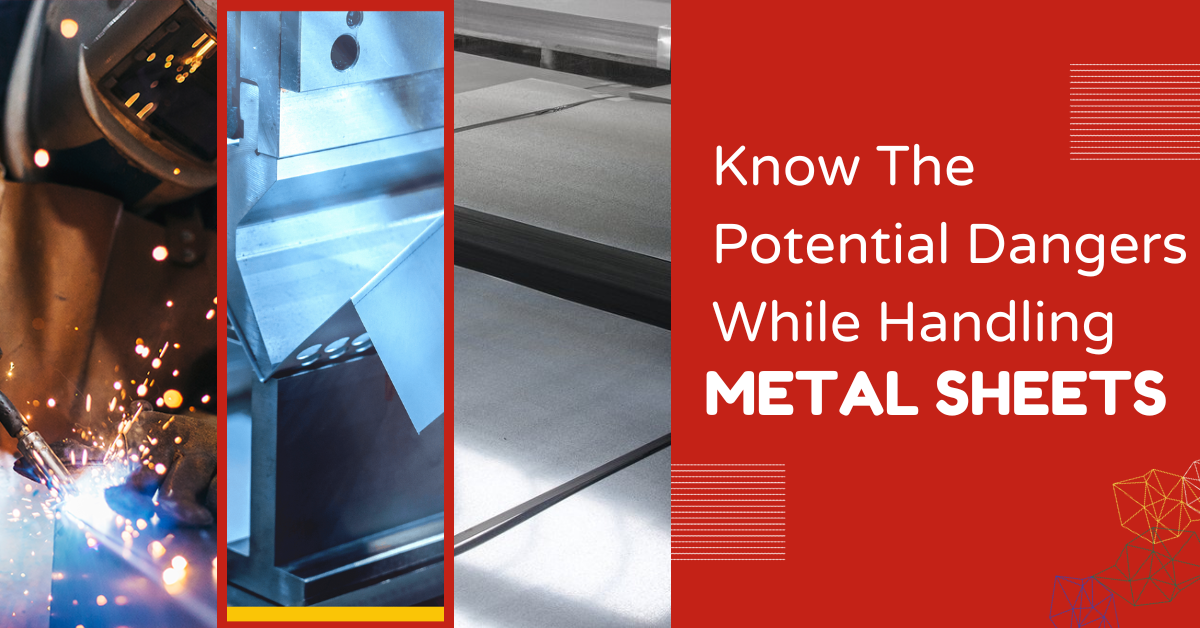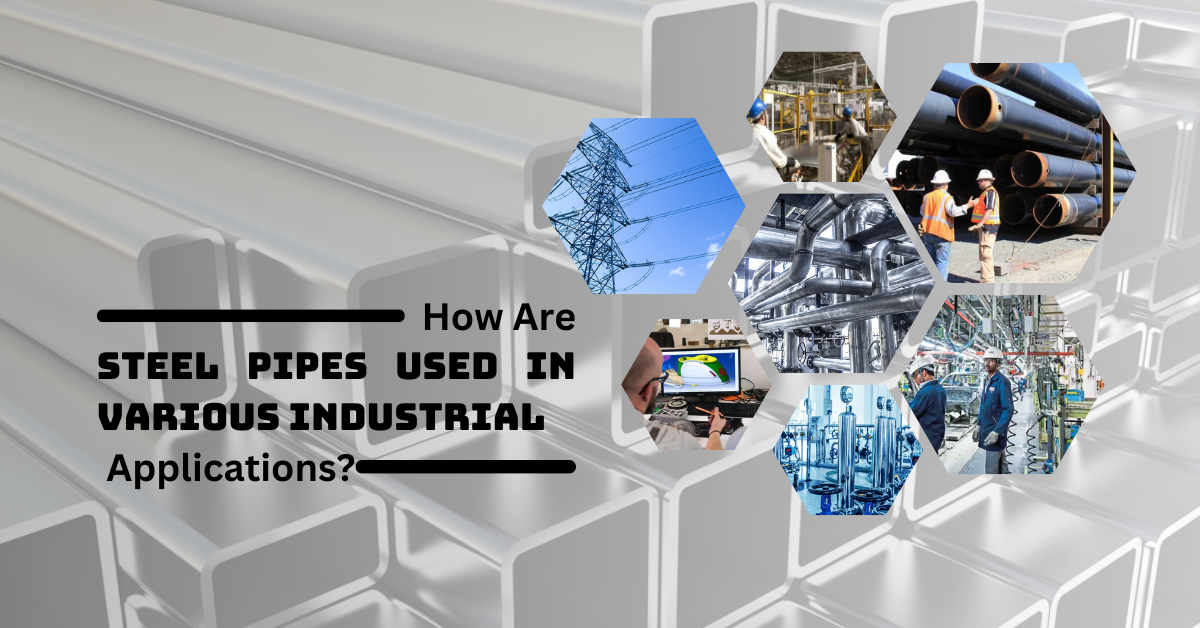If you’re a builder or work in construction, you’ve probably heard of TMT bars. These are specialist steel rods used to strengthen and make buildings safe. But supposing they could be bent, is there a technique? This Blog will provide you with the answer along with handy tips to help you accomplish your bending task.
TMT Bars and Their Importance:
Thermo Mechanical Treatment bars (TMT bars) are giant steel rods used to composite concrete in buildings. These bars act like the skeleton of a building so that it withstands the battering of winds, earthquakes, and heavy loads. They find their usage in homes, bridges, and gigantic buildings. Tough yet flexible, the perfect qualities make it the first choice among builders.
The manufacturing of these bars is simple. The rods are first heated to a red heat, and then water is sprayed; this means rapid cooling takes place on the surface of the rod while the core is still somewhat warm. This gives the rod an extremely hard surface and a comparatively soft inner core. Thus, there would be great strength with a small degree of flexibility with TMT bars. The very treatment has made the TMT bars stand out from other plain steel rods.
Can You Bend TMT Bars?
Yes! TMT bars are made flexible to some degree during the construction phase. They can be shaped for curves and corners or specialty requirements of the building. Sometimes builders would bend them to create stirrups or loops to anchor other bars or for shapes along the wall or the beam. Rightly so, this is permitted because it has leeway inside.
Correct Procedure for Bending TMT Bars
Bending TMT bars is not difficult as long as care is exercised. Here goes on accomplishing this correctly:
Using the Right Tools:
Always use a bar-bending machine, or, in the case of manual bending, a bender specifically designed for steel. These tools are designed to bend TMT bars without damage. Do not use a hammer or hit-by-hand options, for they may impart damage.
Follow the Specification:
Go through your construction layout or inquire with your engineer as to how much to bend the bar. On the bending, it should be done slowly and equally in conformity with the design.
Work at Ambient Temperature:
Make sure they are cool when bending, not hot. In this way, you are keeping their strength.
Right Tool Size:
Use the correct tool size for the thickness of the bar. A small tool on a thick bar could cause it to crack.
Now, do not do this. Do not put excess force into the bar or bend the bar fast. Do not use an old, rusty tool or step onto it. These approaches stand up against the bar and later cause big headaches.
Crack due to bending the TMT Bars incorrectly
A bend gives much trouble in TMT Bars. The possible risks are:
Cracks:
Forcing the bar will create little cracks as it develops. Initially, all these usually go unnoticed, but with time, they might grow.
Loss of Strength:
It cannot hold any weight once badly bent, making it a weaker building.
Structural Failure:
On the extreme side, it can be the cause of the complete failure of construction. Just think of a house falling during the earthquake due to a poorly built foundation; that is a truly scary eventuality.
For instance, a builder in a small town would bend TMT bars by hand to avoid wasting time. The bars cracked, and some months later, during a storm, the roof fell in. Proper bending would probably have avoided this. Bending Radius for TMT Bars
The bending radius determines how tight a curve results when you bend a bar. It varies as per the thickness of the bar. Tight bend causes the bar to be damaged; thus, the following guidelines need to be adhered to:
| Bar Diameter (mm) | Minimum Bending Radius (times the diameter) |
| 8 | 2x (16 mm) |
| 10 | 3x (30 mm) |
| 12 | 3.5x (42 mm) |
| 16 | 4x (64 mm) |
| 20 | 4.5x (90 mm) |
| 25 | 5x (125 mm) |
For instance, for a 12mm bar, a minimum of 42mm radius is required. Therefore, bend using a bending machine that can keep a gentle and smooth transition safely.
Should TMT bars be heated for bending?
Sometimes, the builders think that heating TMT bars helps their bending. This is true; heat softens the steel but may do more harm than good. Heating alters the inner structure of the bar and behind the TMT process, which endows it with strength. The result could be a brittle or weak bar if overheated (above 600°C).
Do not consider heating unless advised by a structural engineer, along with precise instructions. For instance, this might apply on rare occasions to very thick bars. In all other cases, do not heat. If heating is resorted to, let the bar cool down naturally after bending; no reheating should be attempted. Instead, go for cold bending with tools to ensure the safest results.
Evaluating the Quality of Bent TMT Bars
After the bars are bent, they need to be inspected for quality. The following is to be checked:
No Cracks:
Run your finger along the bend. If you feel or see small cracks, then the bar is already defective.
Smooth Curve:
The curve on the bend should look smooth and not jagged or twisted.
No Distortion:
The remaining straight sections of the bar should still be straight, not crooked.
Color Inspection:
Look for discoloration or burn marks. Those indicate the bar might have been overheated.
A supervisor or quality checker should inspect the bars before their installation. This acts as an early warning system in determining potential problems, thus keeping your project safe.
The tips and best approaches for bending TMT bars.
Bending of TMT bars is allowed and indeed required in some constructions; however, the right bending methods must be adopted. Its short version is as follows:
- Bar bending machines or manual benders should be utilized, not hands and feet.
- Respect the bending radius as per the given recommendations mentioned for that bar size.
- Avoid heat unless approved by the engineer.
- Inspect the bent bars for cracks, smooth curves, and absence of damage.
- The bending should be performed at a slow pace and in line with the building plan.
Following the given instructions will provide strength to your TMT bars and safety to your buildings.
When it is suggested that you consult a structural engineer
Certain bending procedures involve intricate work, such as those for tall buildings and bridges. If in any doubt regarding the design or plans for some heavy-duty bending of the bars that are outside the ordinary, a structural engineer should be consulted. He can provide insight into the precise radius, safety regarding heating procedures, and testing methods of the bars. The recommendations keep you from making the biggest mistakes that can lead to failure within a few decades.
Conclusion
Building with TMT bars involves due diligence and skill, but doing it right means your structures will be here for many years. Pick high-grade TMT bars from well-known suppliers like Bharat Steels for the best outcomes. They supply premium-quality bars that adhere to strict standards; with that, you are guaranteed peace of mind for every bend. Apply these tips immediately To begin your journey toward a safer and stronger future connect with Bharat Steels.


